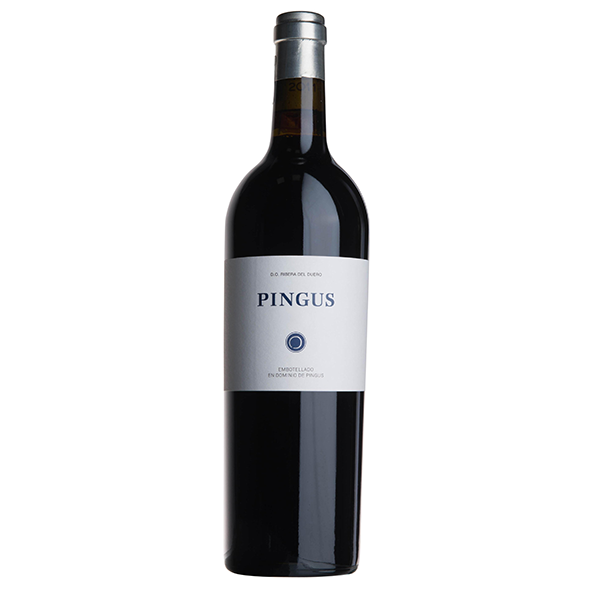


Tasting Notes and Scores
The 1996 Pingus is an astonishing wine that continues to put on weight and add more nuances to its multidimensional personality. The explosive aromatics consist of smoke, jammy blackberry and currant fruit, incense, licorice, cedar, and pain grille. Massive in the mouth, with a sumptuous texture, immense body, high levels of glycerin, and a multilayered mid-palate, this spectacular wine is evolved and accessible. Anticipated maturity: now-2018. Drink: N/A - 2018
-Robert Parker, Wine Advocate #122 Apr 1999
(96-98 pts)
The 1996 Dominio de Pingus is cut from the same mold as the extraordinary 1995. Yields are slightly higher, but still microscopic. The color is an opaque black/purple, and the exotic nose offers copious quantities of sweet cedar, smoke, and jammy blackberry and cassis fruit. New oak is present, but it is largely pushed to the background by the wine's massive concentration. The tannin is sweet and well-integrated, and the wine is full-bodied and harmonious. Although one would think it would taste Bordeaux-like, it has its own individual style that falls somewhere between St.-Emilion's Valandraud, Pesquera's Janus, and Vega Sicilia's Unico! More forward than the 1995, the 1996 is still a candidate for 25-30 years of aging. This is a brilliant winemaking effort!
Bravo to proprietor Peter Sisseck for these extraordinary Spanish wines!
In issue #106 (8-31-96) I broke the story about the extraordinary Dominico de Pingus produced by the young Danish winemaker, Peter Sisseck (Pingus is Danish slang for Peter, as well as the name of a well-known European cartoon). I tasted the 1995 Dominico de Pingus immediately before bottling (it will not be filtered), and it is an extraordinary wine. Sadly, only 325 cases were produced, and only 350 cases in 1996. Made from 60+ year old Tempranillo vines planted in the heart of Ribera del Duero, these wines are produced from yields of under 1/2 ton of fruit per acre, or about 1.1 pounds of fruit per vine. Malolactic fermentation is done in new oak, and the wine is then aged in 100% new oak casks, with the white wine technique of batonage (lees stirring) utilized. Batonage is rarely used for red wine. The wines reviewed in this segment, tasted in September, 1997, are spectacular. Drink: 1997 - 2027
-Robert Parker, Wine Advocate #113 Oct 1997
Wine Advocate

Castilla y Leon
View 6 pack case(s) available.

Castilla y Leon
View 6/12 pack case(s) available.

Castilla y Leon
View 12 pack case(s) available.

Castilla y Leon
View 6/12 pack case(s) available.
Pricing includes duty and VAT.
Want To
get In TouchPlease contact the LiveTrade team today for more information or to book a demo.
Contact us